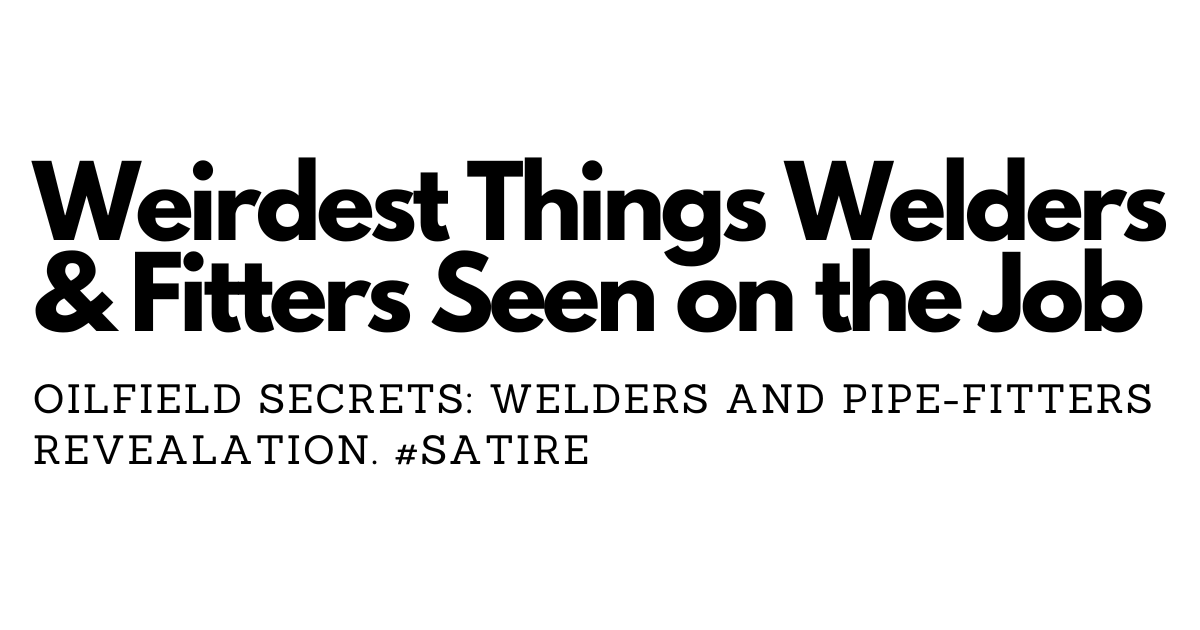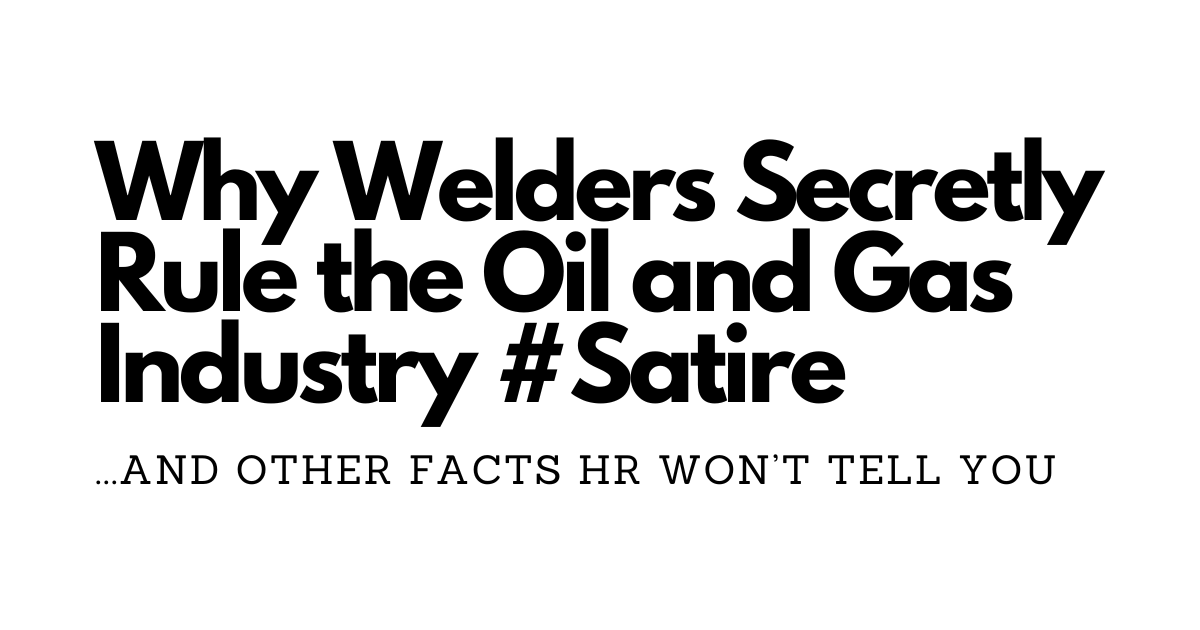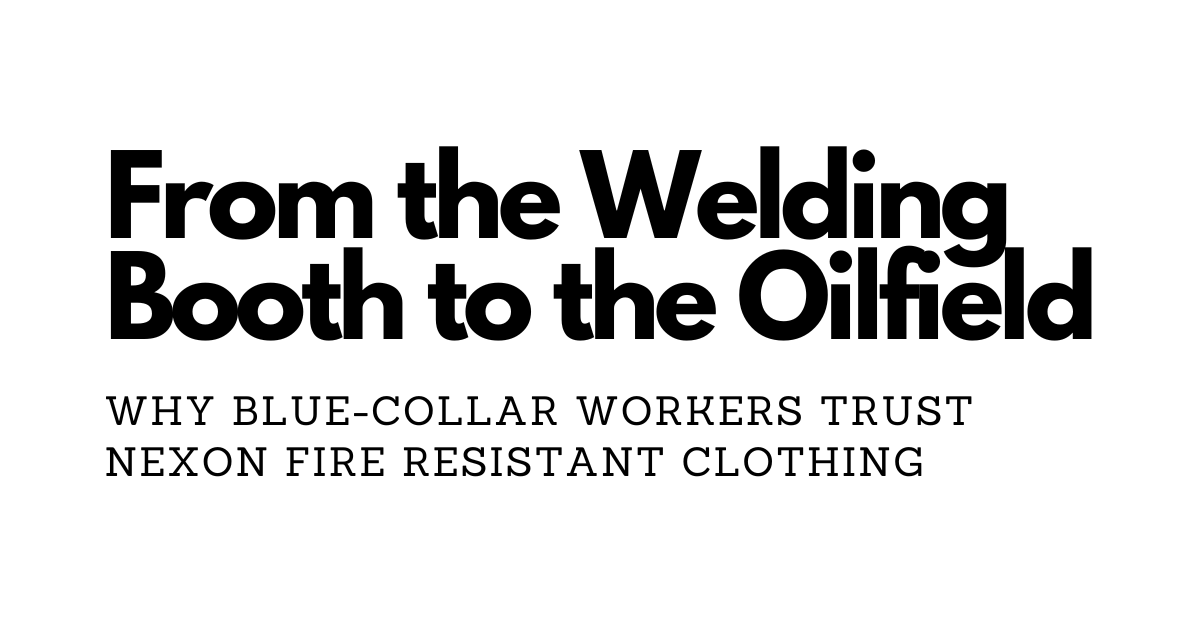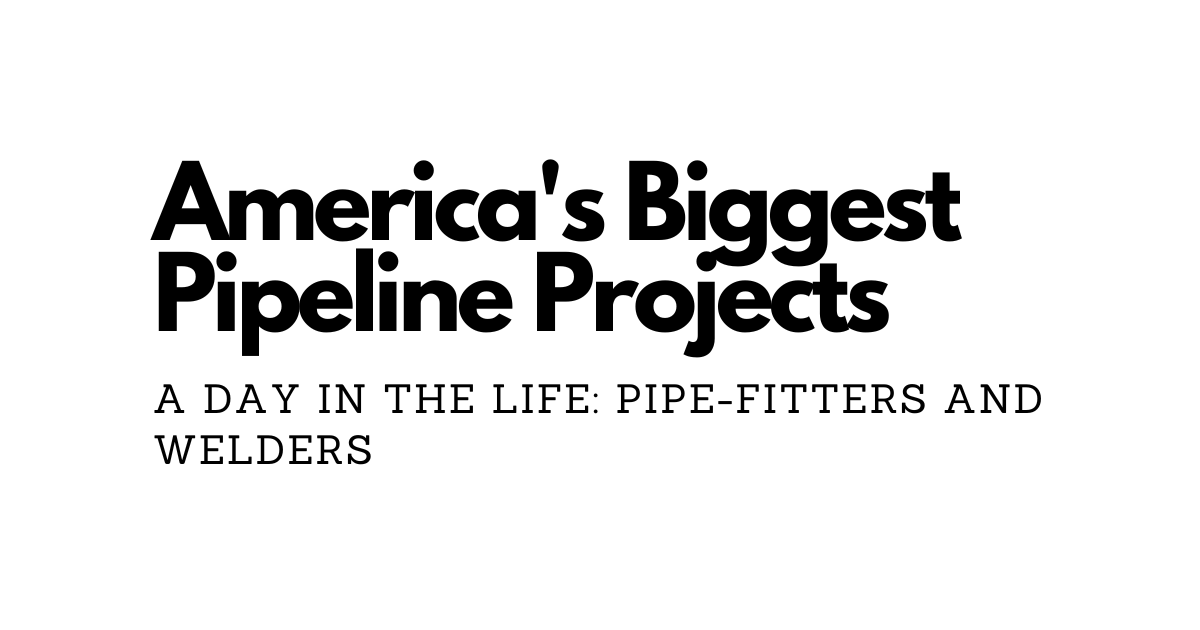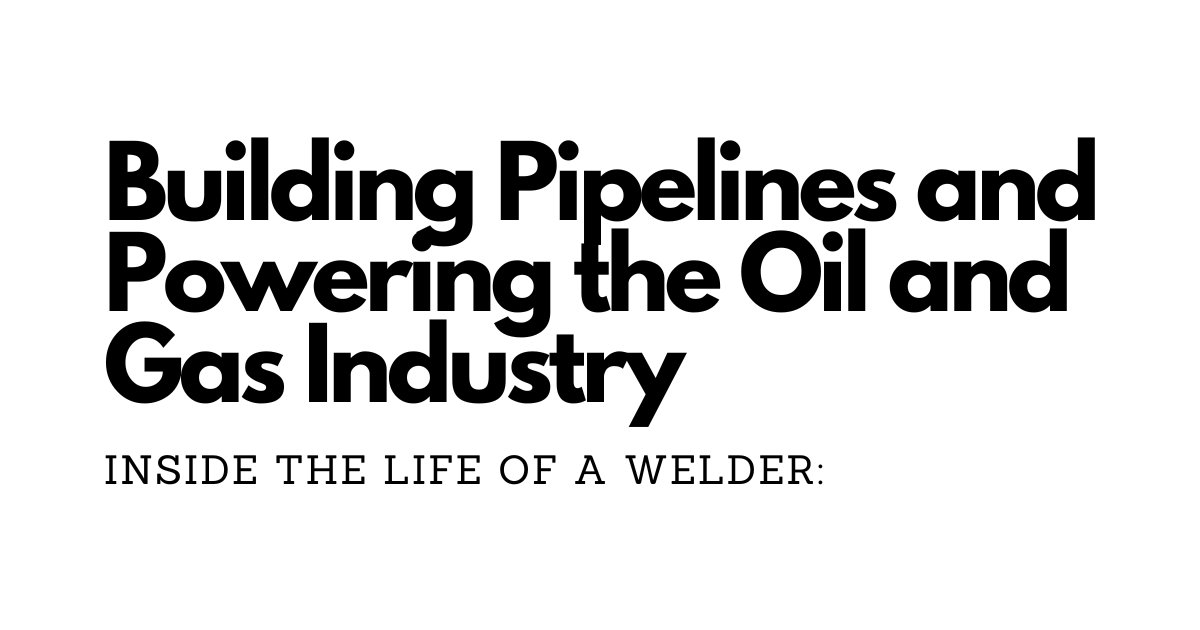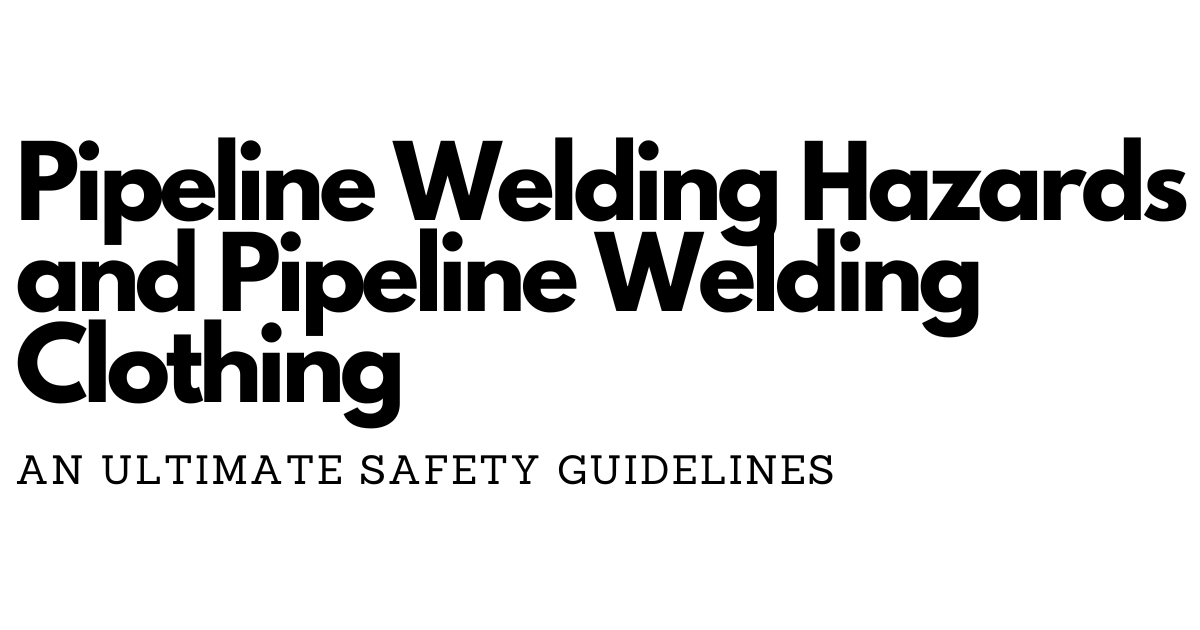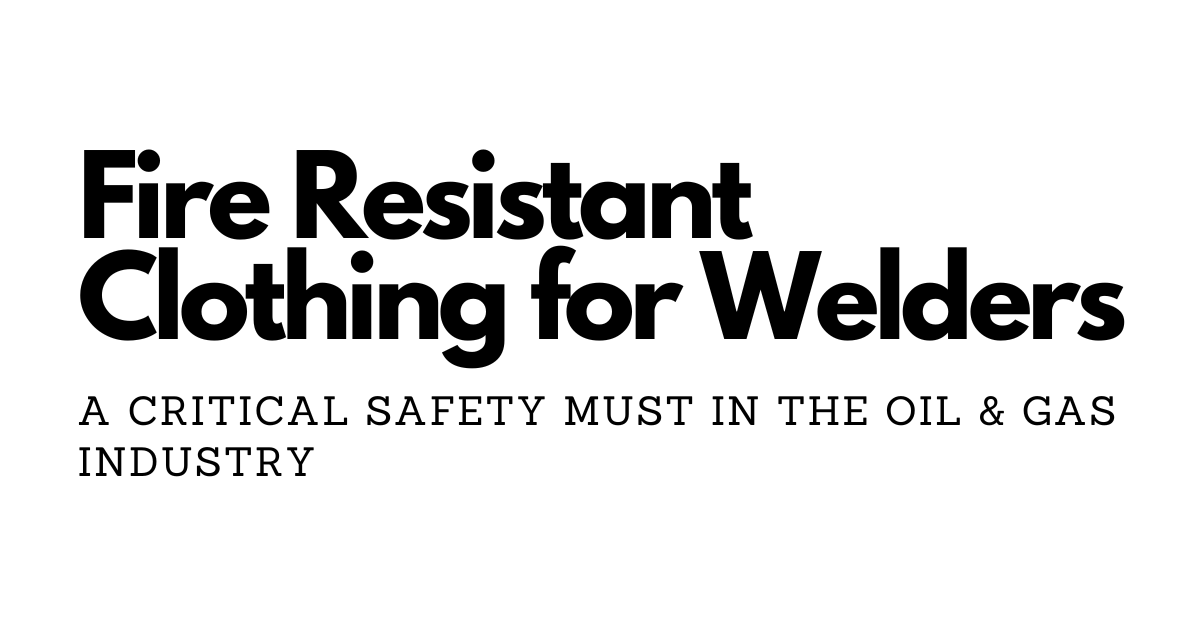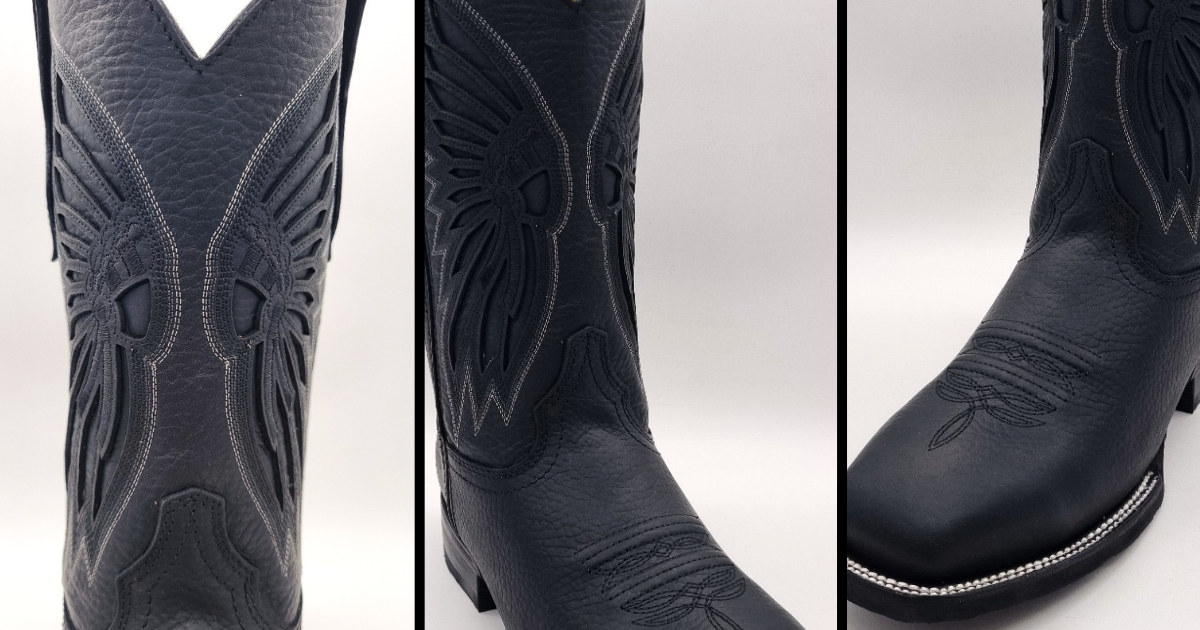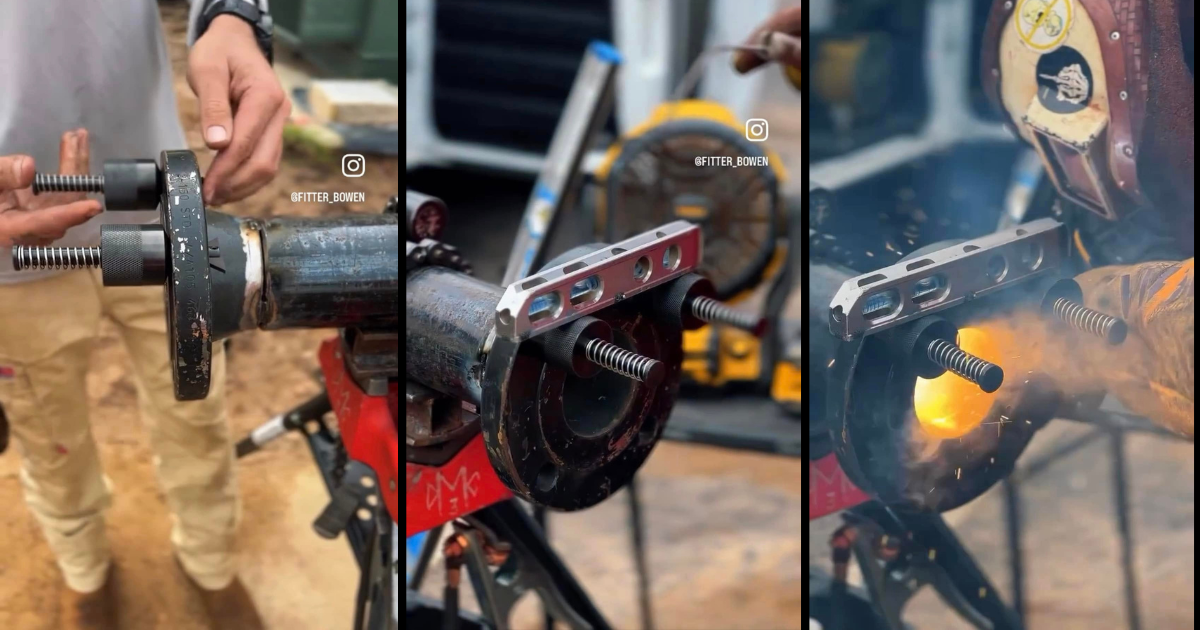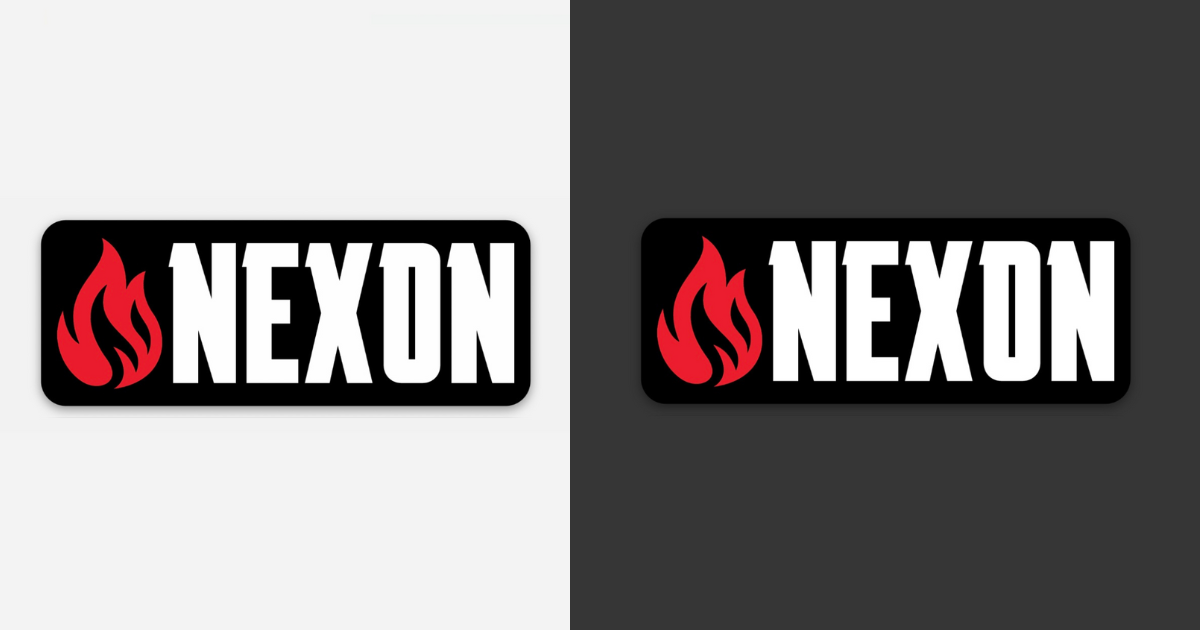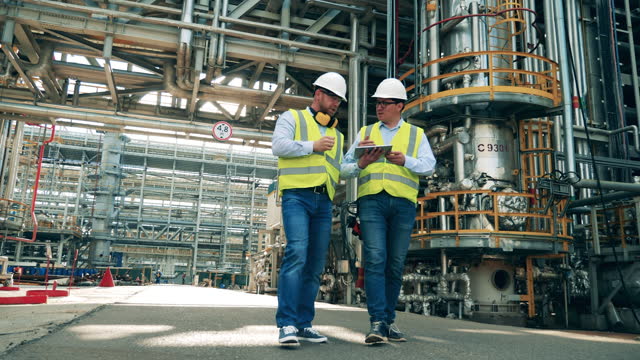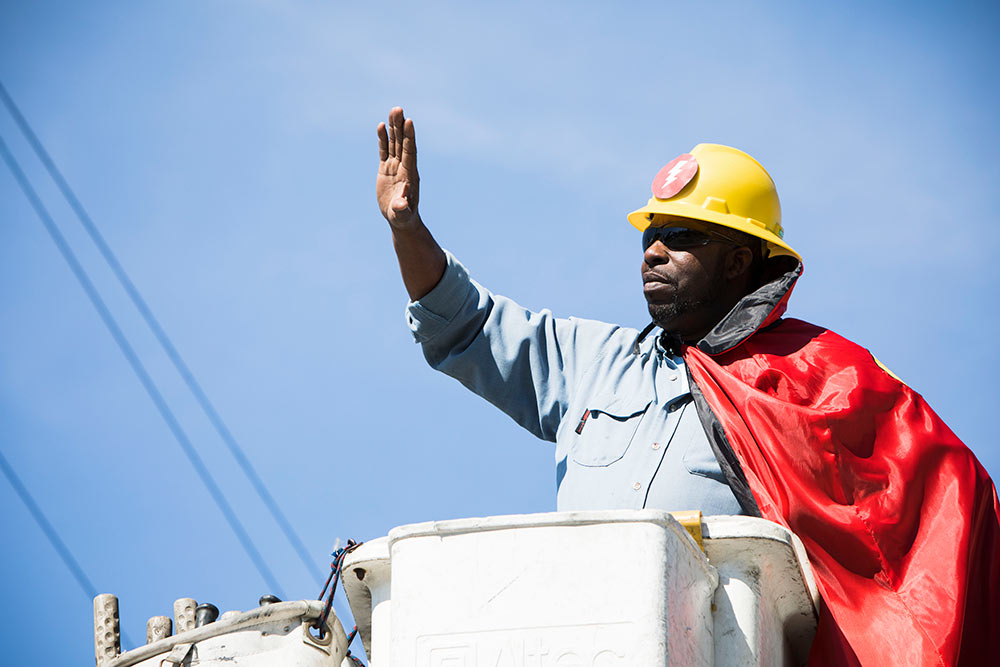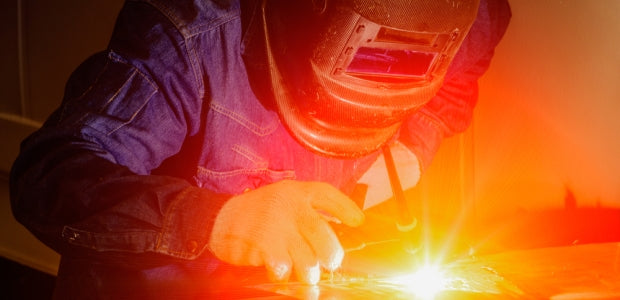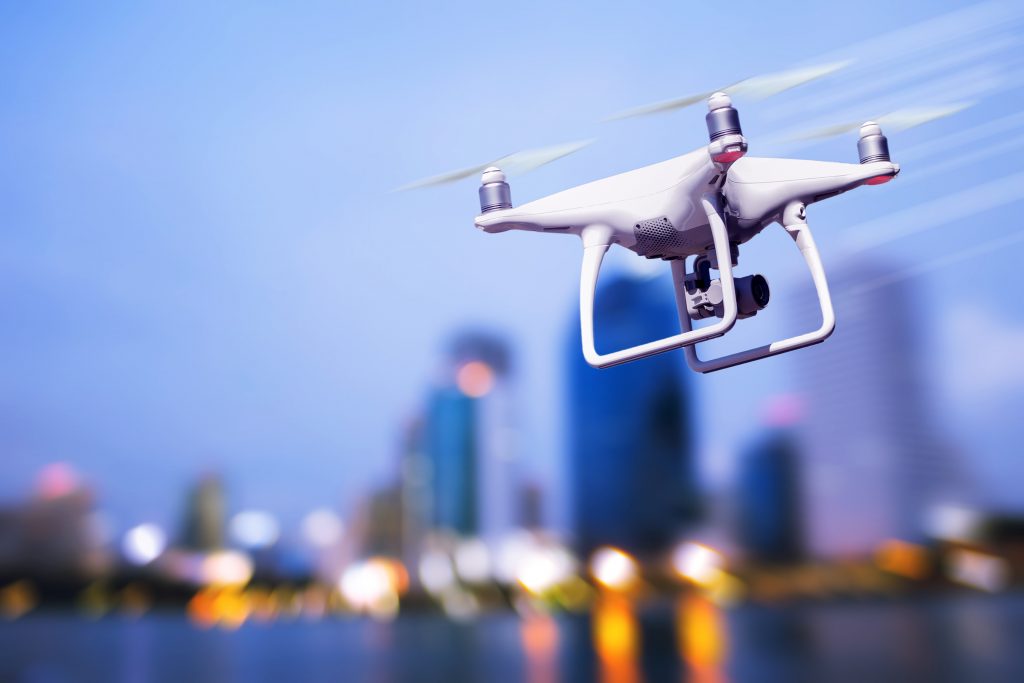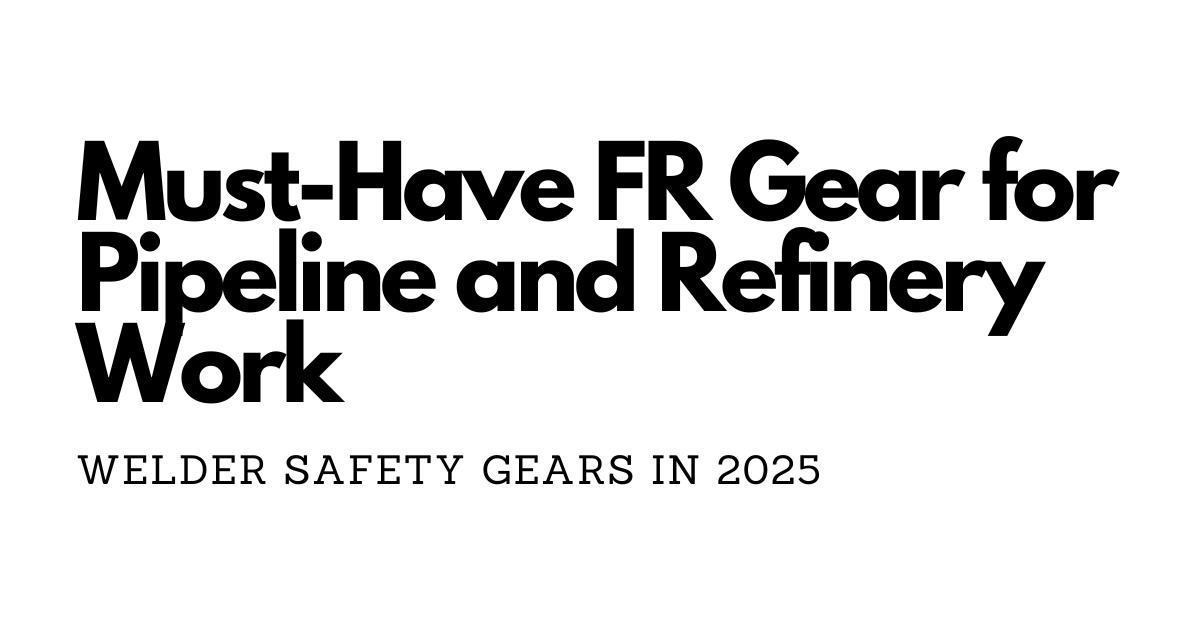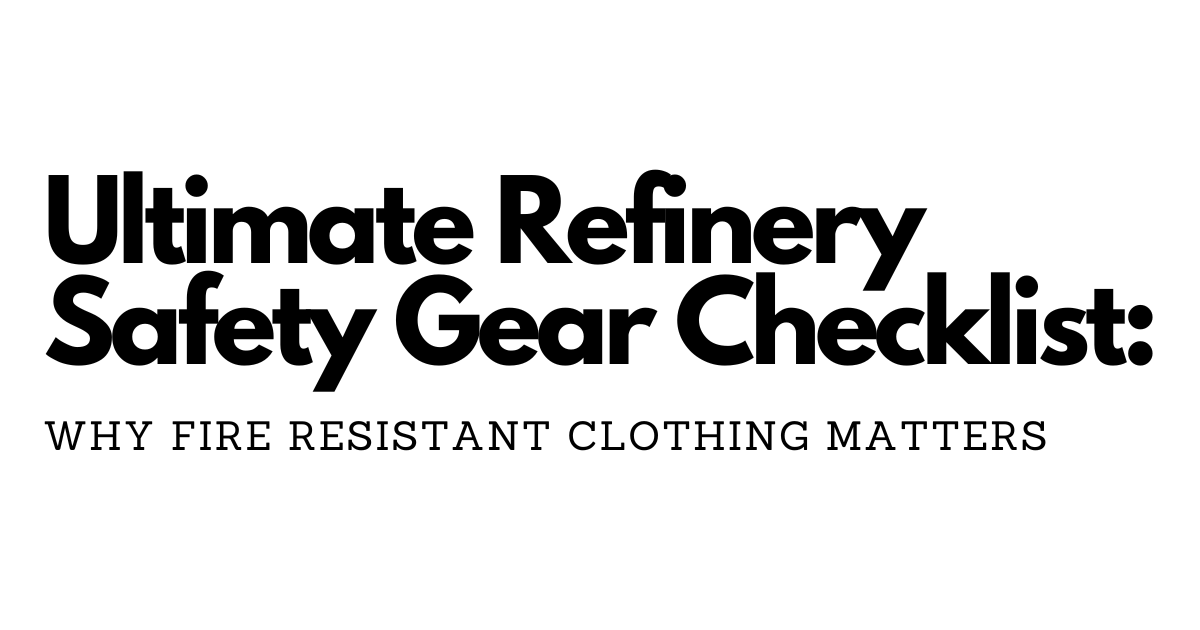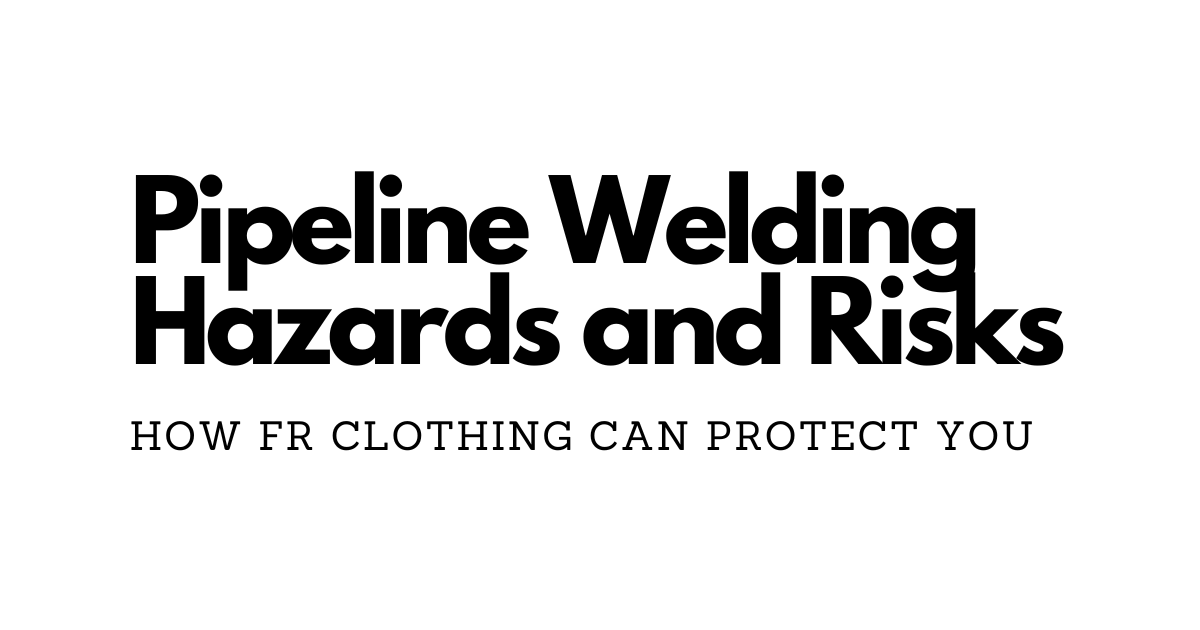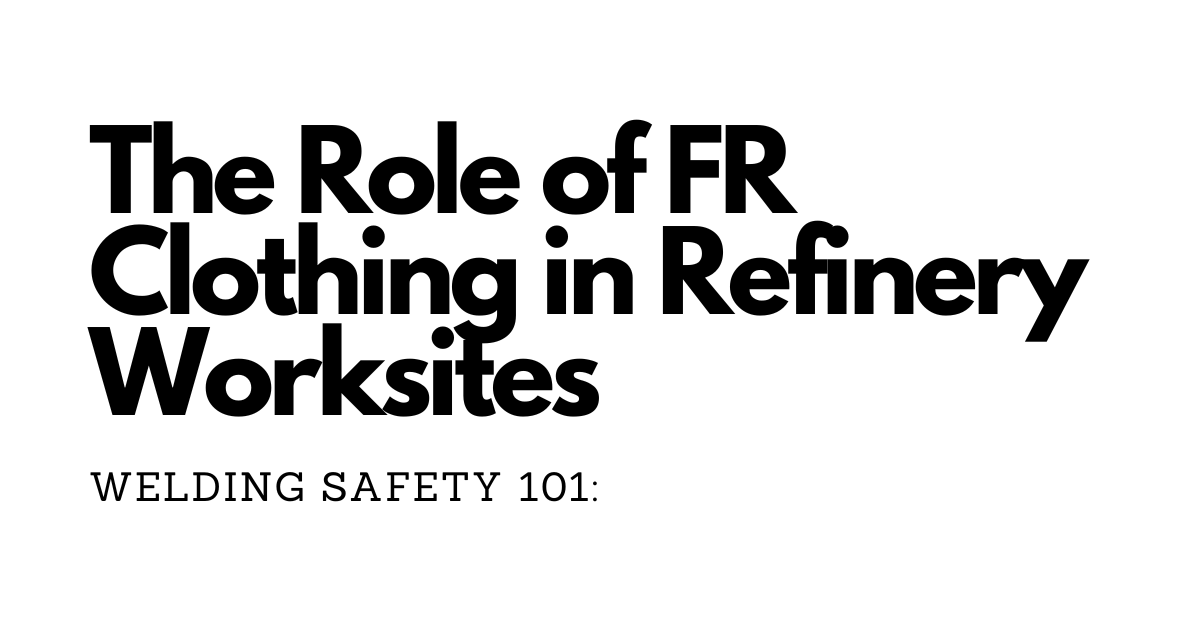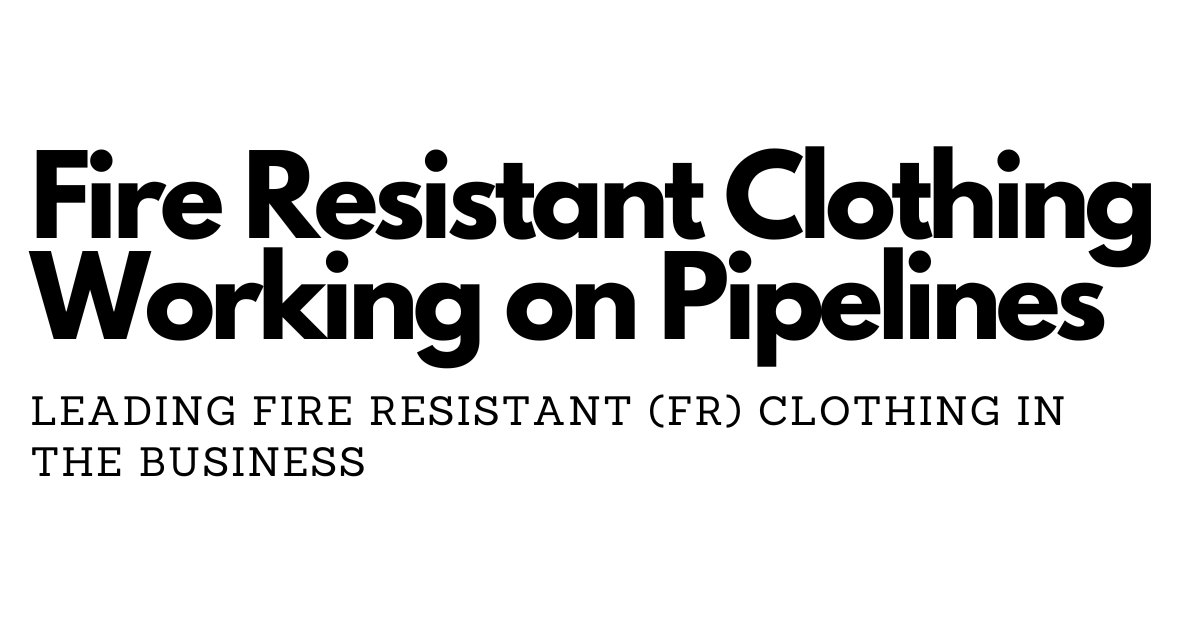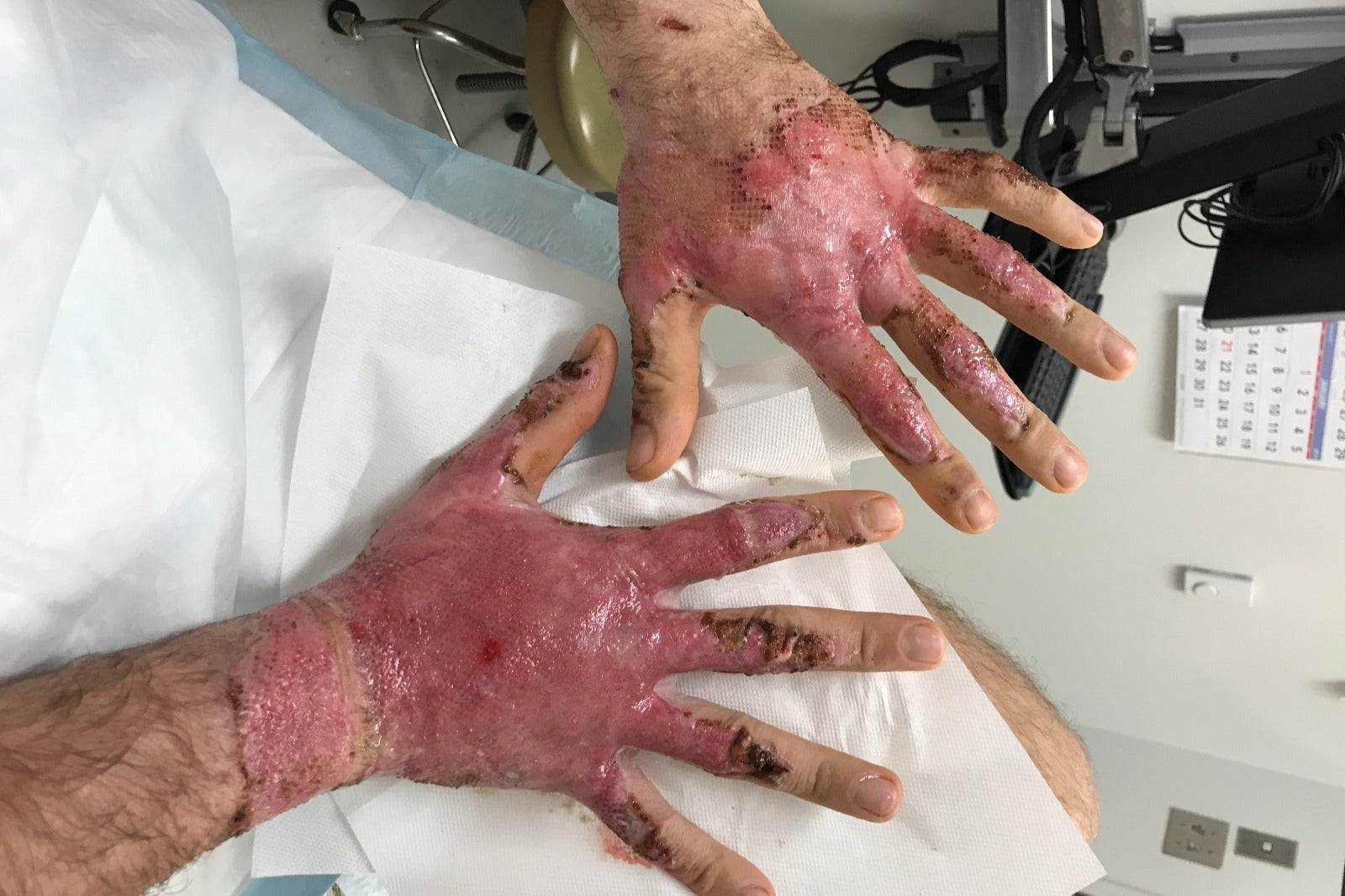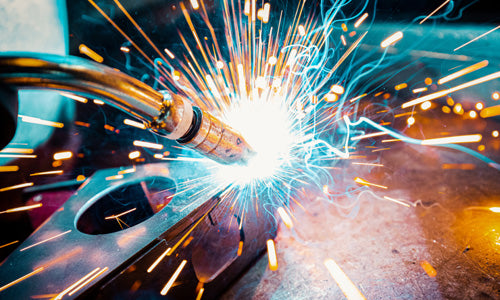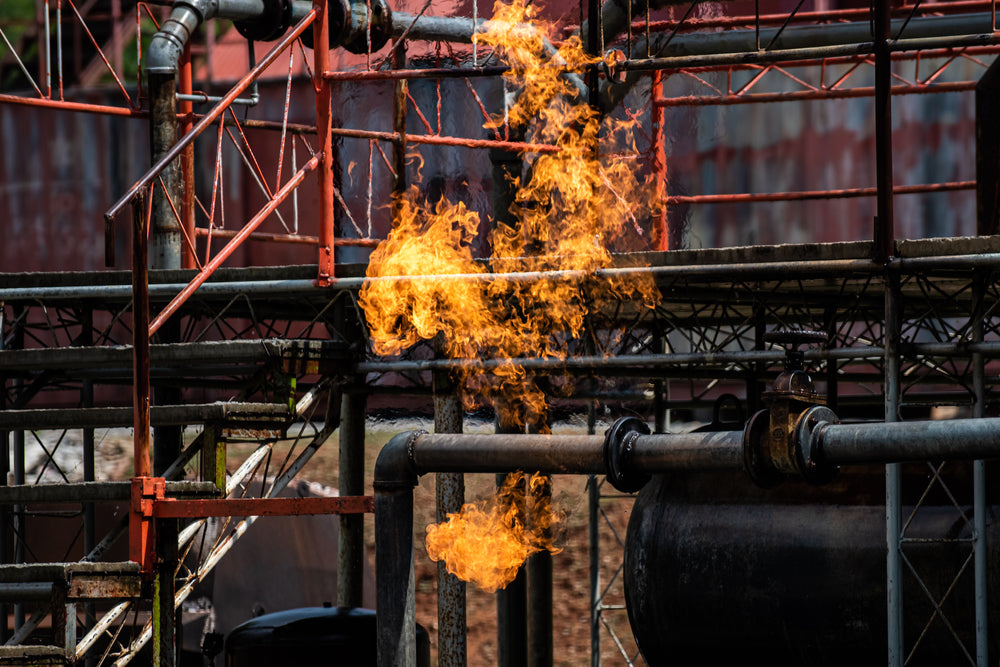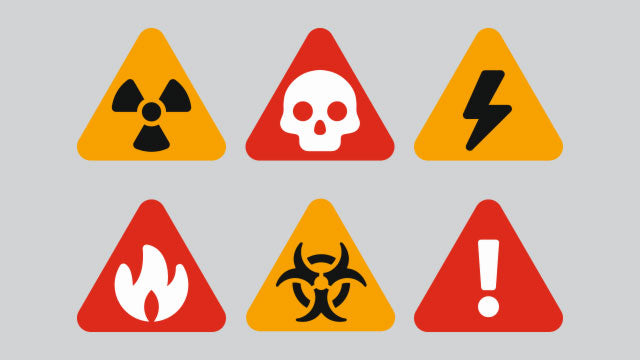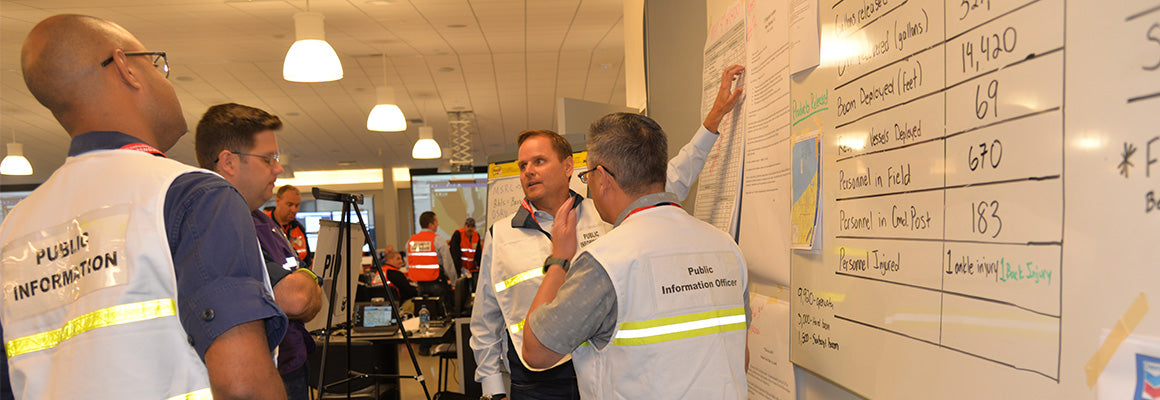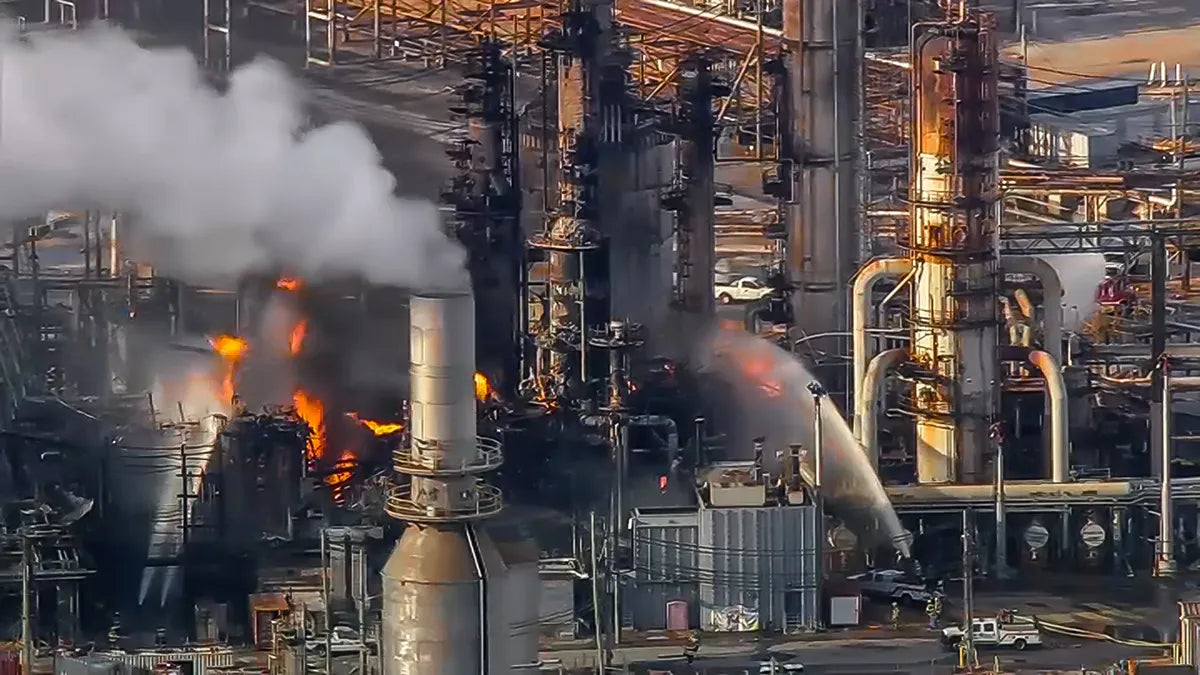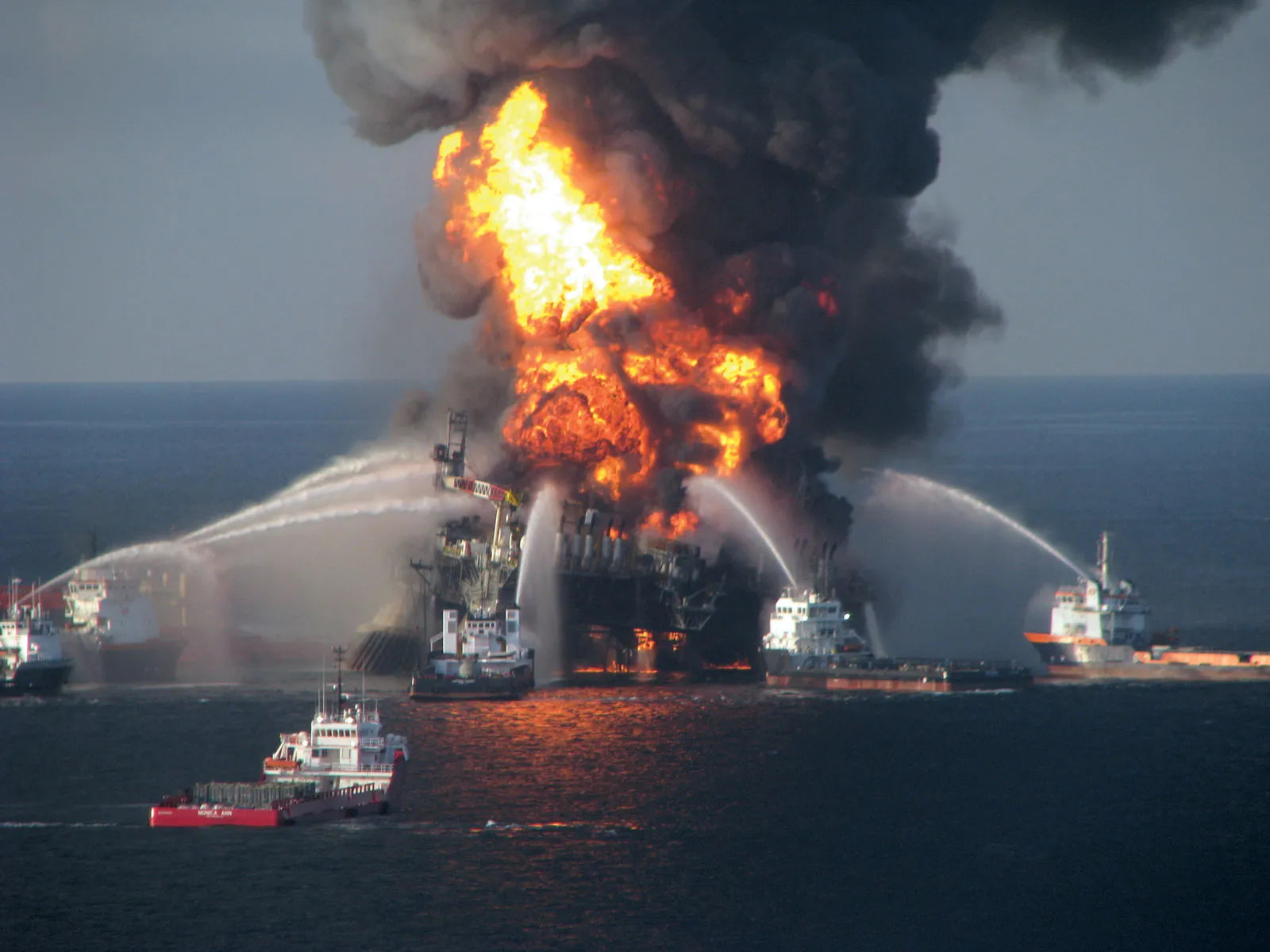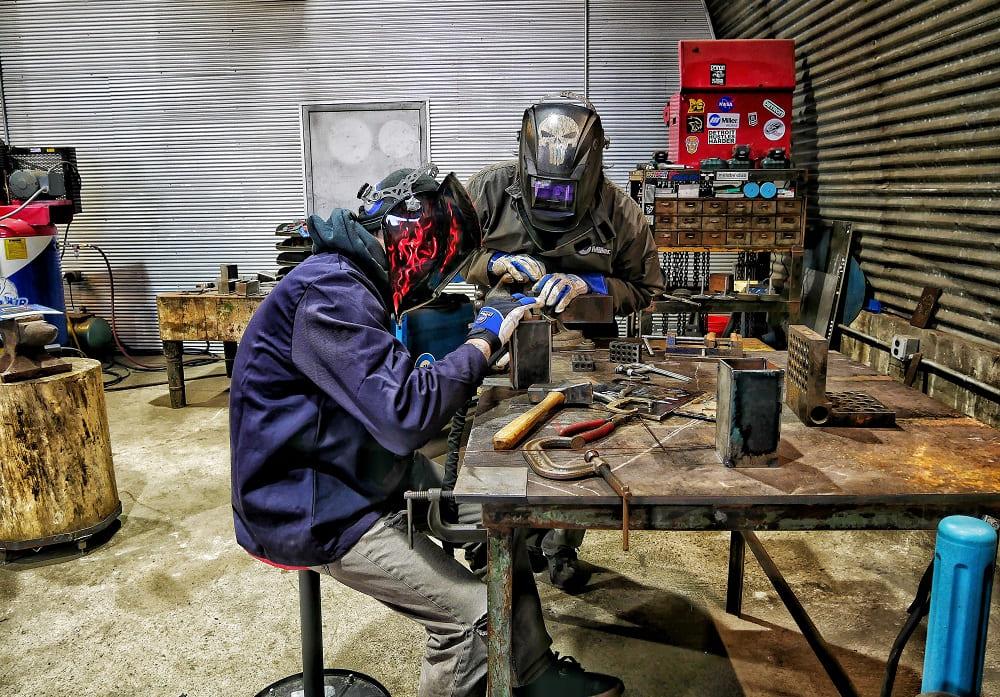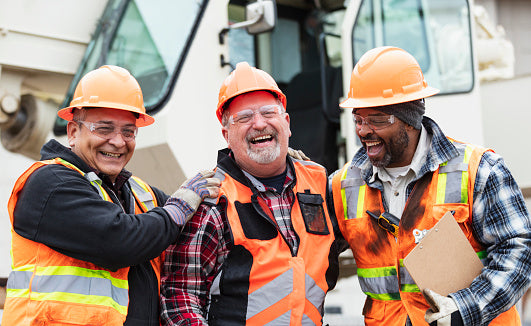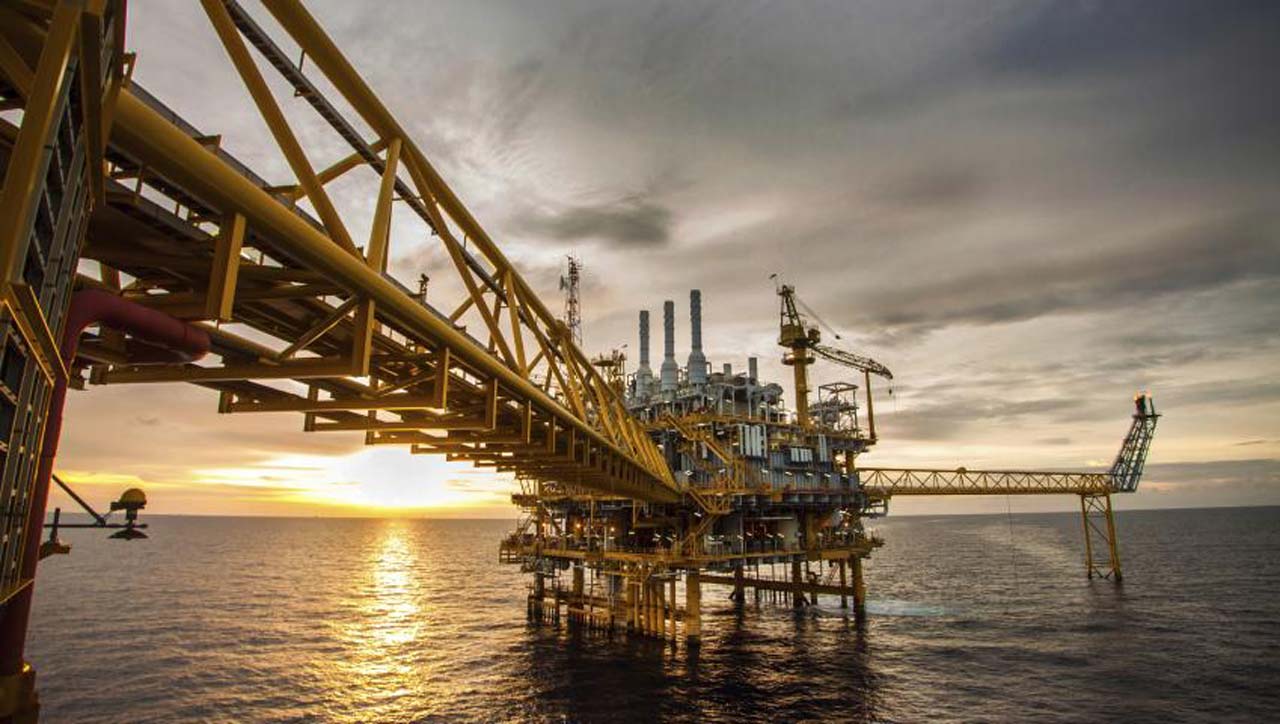
Safety standards require flame resistant fabrics to be tested to verify that they will consistently and effectively perform their primary job of either self extinguishing or non-igniting. Depending on the hazards, the fabric is intended to protect against and the applicable safety standards, a variety of different tests may be necessary. The most basic test is the ASTM D6413 flammability test also known as the vertical flame test in this test a strip of fabric is placed in a holder and then exposed to an open flame for 12 seconds. After the exposure, the fabric is monitored for after flame and the damaged area of the sample is measured to determine the chart length.
NFPA 2112 requires a length no greater than four inches and ASTM F 1506 requires a length no greater than 6 inches. Both standards require that the after flame last no longer than two seconds. If a fabric fails to meet one of these requirements, it is not considered flame resistant and no further testing is performed. For fabrics being used for flash fire protection the other key test is ASTM the instrumented mannequin test. In this test a standardized cover all made from the fabric being tested is placed on a special mannequin with multiple sensors that measure the heat transfer through the fabric. The mannequin is surrounded by burners set to generate two calories of thermal energy and is exposed for three seconds. The sensor data then goes through calculations to determine the estimated area of the body that would have received second or third degree burn injuries. The hands and feet are not measured, the head is measured but is not covered during the test so it always shows second or third degree burn injuries. Accounting for 7% of a calculated body burn if the total percentage of body burn is less than 50% the fabric passes for fabrics being used for arc flash.
Protection the key test is ASTM F 1959 which is used to determine the arc rating of the material. For this test three samples of the fabric are placed over sensors and holders surrounding a mechanism that generates an actual arc flash. Multiple arc flashes are generated at various energy levels to calculate the point in which the energy passing through the fabric has a 50% probability of generating a second-degree burn injury. Once that point has been established, the calories of energy generated is the arc rating or arc thermal performance value also known as the 80 PV. There may be a situation where the fabric actually breaks open before the 80 PV has been reached. If that happens the testing is complete and the calories generated at that point are considered the arc rating. In this case it is labeled as EBT not ATP V EP T stands for energy break open threshold. To learn more about safety standards in FR clothing be sure to check out our other educational articles.
